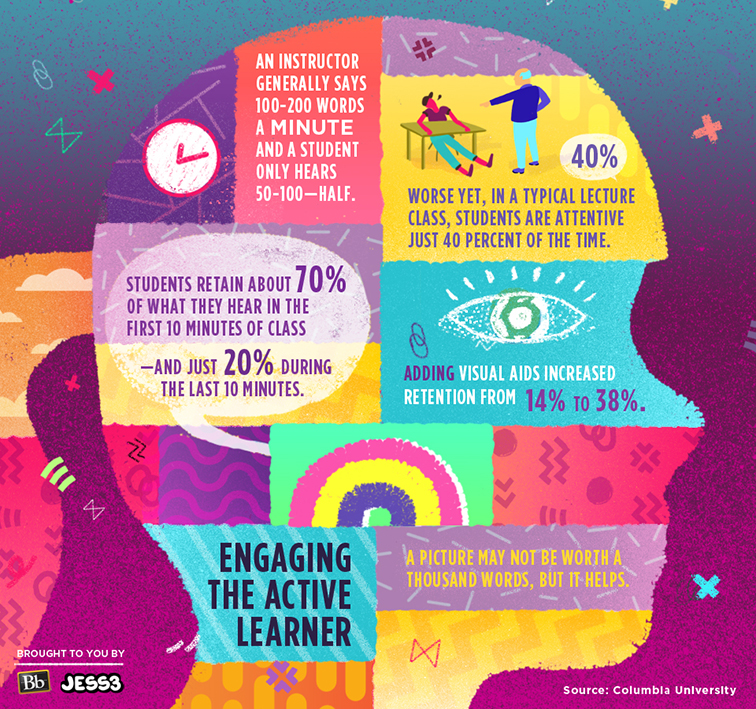As TESOL teachers, we often grapple with the challenge of creating lessons that are not only informative but also captivating enough to maintain our students’ attention. A successful lecture is like a well-crafted recipe—each ingredient must be carefully selected, blended, and served at the right time. Here’s a step-by-step guide to cooking up the perfect lecture:
Ingredients for an Engaging TESOL Lecture:
- A Dash of Curiosity (Hook the Learners) Every great lesson starts with a hook—a thought-provoking question, an unusual fact, or a personal story. The goal is to stir curiosity and activate your students’ minds right from the start. For example, ask, “Have you ever wondered why English words sound different than they’re spelled?” This grabs attention and lays the groundwork for deeper learning.
- A Pinch of Contextualization (Make It Relevant) Adults and children alike are more motivated when they can see the relevance of what they are learning. Tie the content to real-life scenarios, students’ interests, or cultural elements. Use local examples or current events. For instance, if you’re teaching business English, connect it to international trade, or if you’re teaching younger students, weave in popular culture references or hobbies like gaming or sports.
- Two Tablespoons of Interaction (Create a Dialogue) Don’t make the mistake of talking at your students. Keep them involved with frequent questions, pair work, and group activities. This doesn’t mean your lecture should be completely interrupted—think of it as seasoning: added in the right amounts and at the right times. Interactive techniques, such as using think-pair-share or short surveys, keep students engaged and thinking actively.
- A Cup of Multi-Sensory Content (Appeal to Different Learning Styles) The more senses you engage, the more memorable your lecture will be. Incorporate visuals like images, charts, and videos; use audio clips or even music for listening activities. Consider bringing in physical props or using gesture-rich body language to reinforce meanings. A recipe for teaching should cater to all learning styles—visual, auditory, and kinesthetic.
- A Sprinkling of Technology (Modernize the Lecture) Integrate technology into your lessons to appeal to today’s digital learners. Whether it’s gamification, digital quizzes, or online collaboration tools, tech can make your lecture dynamic and interactive. You can, for instance, break up a longer lecture with an online poll or use a language app for instant pronunciation practice.
- A Slice of Personalization (Adapt to Your Students) No two students are the same, and neither should your lectures be. Adjust your examples and explanations to meet the diverse needs of your learners. Know your students’ language levels and backgrounds, and tweak your lecture accordingly. You might also add in differentiation by including various difficulty levels in your exercises or open-ended questions that can be approached at different skill levels.
- A Touch of Emotion (Inspire and Motivate) Show enthusiasm for the subject you are teaching. Let your passion shine through in your voice, body language, and choice of words. Encouragement and positive reinforcement, such as celebrating students’ achievements or offering personalized feedback, go a long way. Emotional engagement is a powerful tool to maintain attention and motivate learners.
- A Consistent Structure (Keep It Clear and Organized) Your lecture should be organized with clear objectives. Present the main ideas at the beginning, offer clear transitions between topics, and summarize key points at the end. Use signposting language like “First,” “Next,” and “Finally” to make your lesson easy to follow. This structured approach keeps the flow smooth and prevents students from feeling lost.
Cooking Method: The Art of Delivery
- Preheat – Set the tone of the class with an upbeat and welcoming attitude. Establish ground rules, build rapport, and set clear expectations for learning outcomes.
- Sauté – Begin the lecture with your hook, introducing key concepts gently. Avoid overwhelming students with too much detail at once. Sauté ideas gradually, allowing students to absorb them.
- Simmer – Engage students in discussion and reflection throughout. Allow time for questions and answers, ensuring that students can process what they’ve learned.
- Serve – End with a recap of the main points and an exciting preview of the next lesson. Summarize and tie everything back to the lesson’s objectives, reinforcing the key takeaways.
- Garnish – Add some extra motivation. Assign a fun task or leave them with a cliffhanger related to the next lesson.
Final Thoughts
A successful TESOL lecture is one that is not only well-structured but also interactive, multi-sensory, and emotionally engaging. By following this recipe, your lectures will become memorable learning experiences that stimulate curiosity, motivate students, and ensure active participation. Remember, just like in cooking, the secret ingredient is always a teacher’s passion and creativity!



